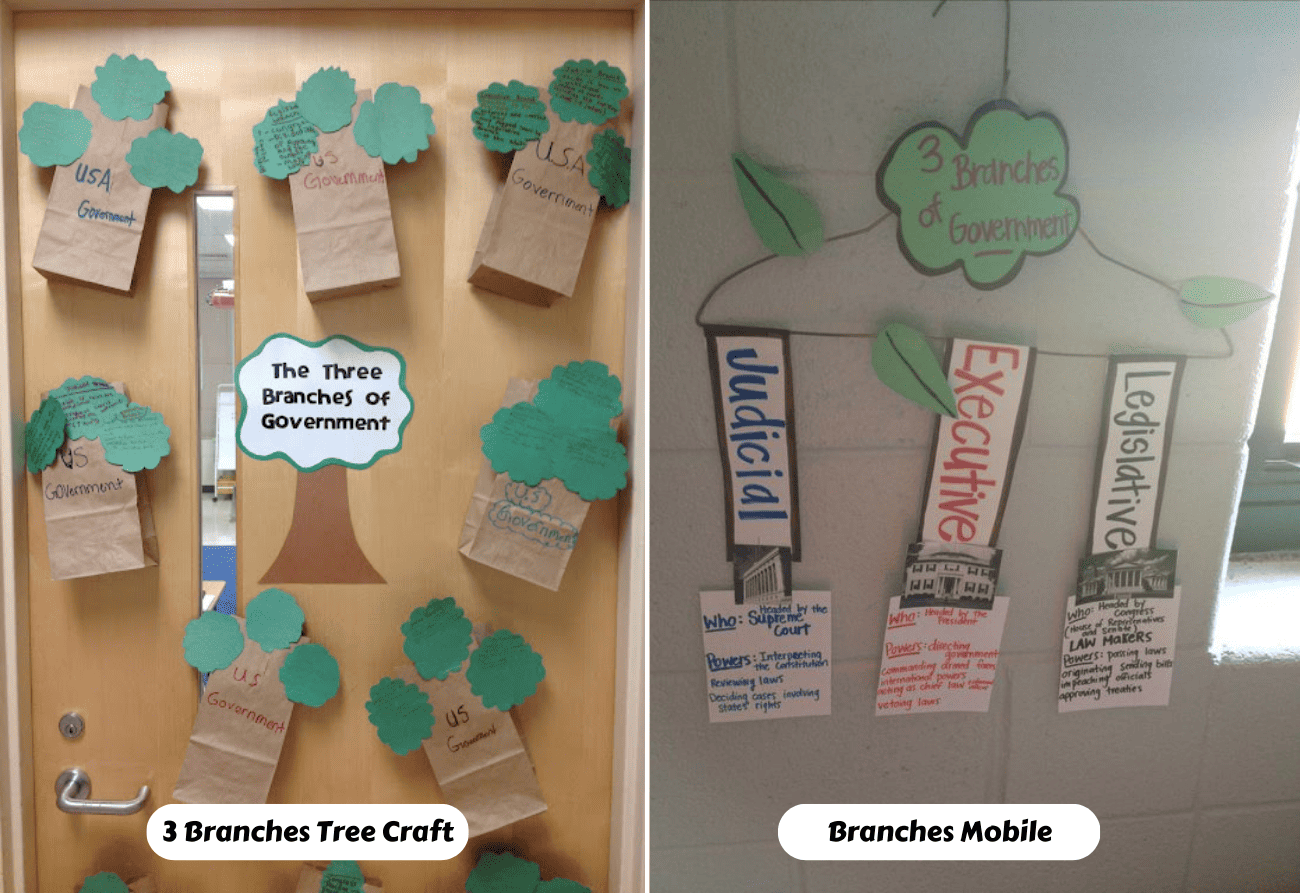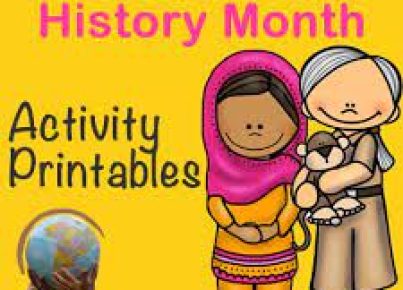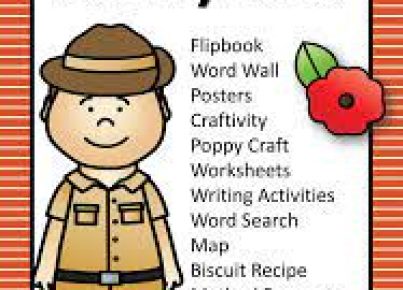Introduction
The United States government is made up of three unique branches: the Legislative, the Executive, and the Judicial branches. To effectively teach their functions and interactions to students, consider incorporating these 19 engaging activities in your lesson plans.
1. Three Branches Infographic Challenge: Have students create infographics explaining the roles of each branch of government, incorporating visuals and key facts.
2. Separation of Powers Skits: Assign small groups to create skits demonstrating how each branch checks and balances the others.
3. Branches Bingo: Create bingo cards with terms related to each branch; call out definitions while students locate matching terms.
4. Illustrative Collage: Students can design a collage showcasing the various responsibilities of each branch.
5. Debate Club: Organize debates around legislative, executive, and judicial topics, allowing students to argue from different perspectives.
6. Balancing Act: Students work to balance a mobile that represents the three branches, reinforcing their understanding of checks and balances.
7. Article Analyses: Provide articles on current events involving government actions for students to analyze from a three-branch perspective.
8. Bill-to-Law Role-Play: Have students act out creating, passing, and vetoing a bill in a mock government setting.
9. Government Job Fair: Give students interviews and jigsaw articles about jobs from each branch, then have them “apply” for their chosen positions through creative presentations.
10. Judiciary Simulation Activity: Assign fictitious court cases for students to argue from opposing sides before a student judge or panel.
11. Historical Case Study Exploration: Explore landmark Supreme Court cases like “Brown v Board of Education” or “Roe v Wade,” discussing their effects on government actions and society.
12. Congressional Committee Simulation: Divide students into House or Senate Committees focused on particular topics and have them draft, edit, or vote on legislation.
13. Branches Bazaar: Allow students to create visual representations of the branches (posters, dioramas, videos, etc.) and then share their projects at a “bazaar.”
14. Presidential Puppet Show: Have students create a puppet show explaining the roles and responsibilities of the executive branch.
15. Judicial Branch Word Search: Develop a word search based on terms related to the judicial branch to build vocabulary and recognition skills.
16. Legislator for a Day: Students act as legislators working together to debate, amend, and pass laws; this exercise mimics real-world legislative processes.
17. Government Musical Chairs: Use musical chairs to demonstrate the fluidity of government positions; each round represents new appointments or elections.
18. Branch-Off Tournament: Organize a trivia tournament where students compete in answering questions about the roles and functions of each branch.
19. Student Government in Action: Establish a student government modeled after the three branches, involving elected officials and allowing students to learn by actively participating in governing roles.
Conclusion
Teaching the concept of the three branches of government can be both fun and effective when using engaging activities like these. Help your students develop a thorough understanding of the U.S. government’s checks and balances system while fostering critical thinking skills and encouraging creativity.





